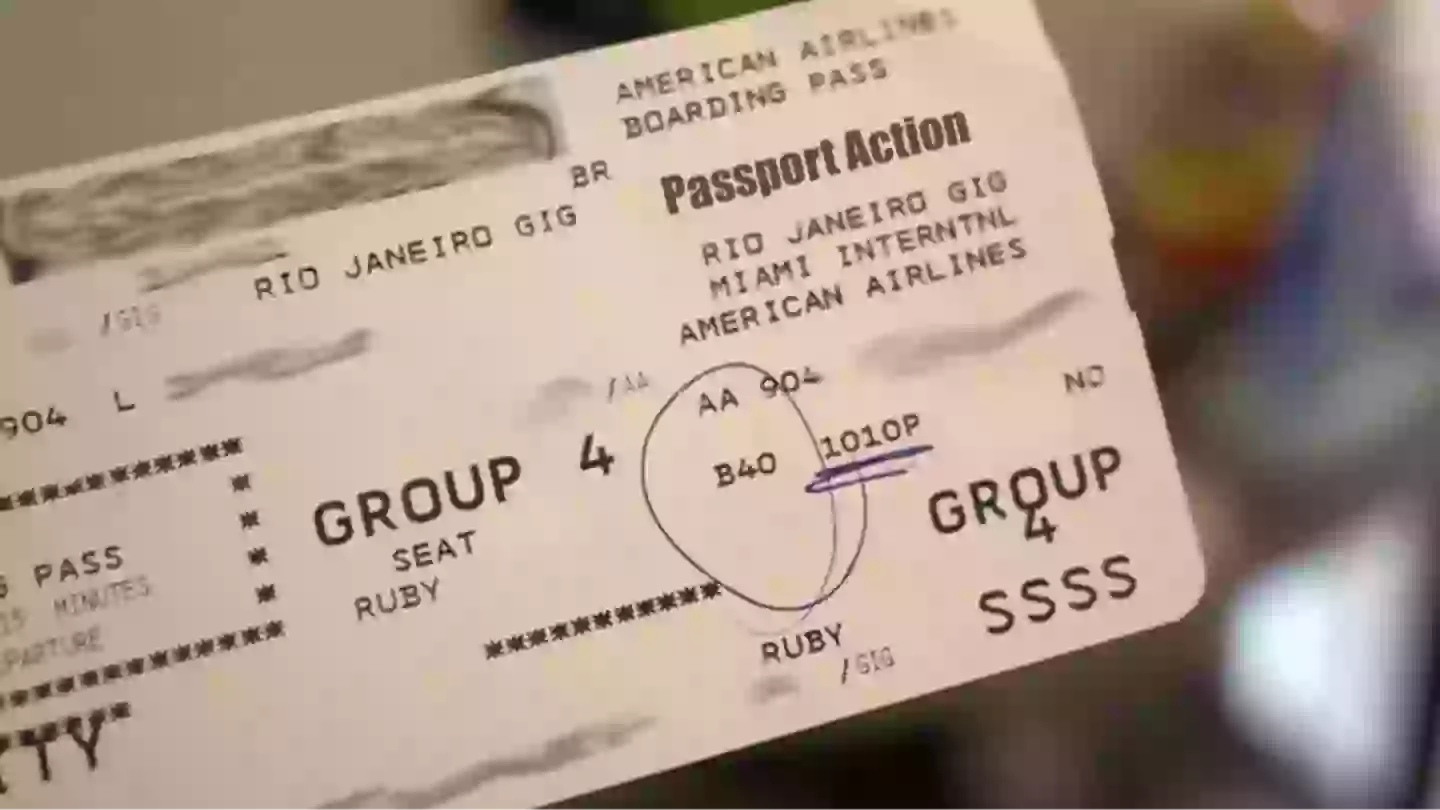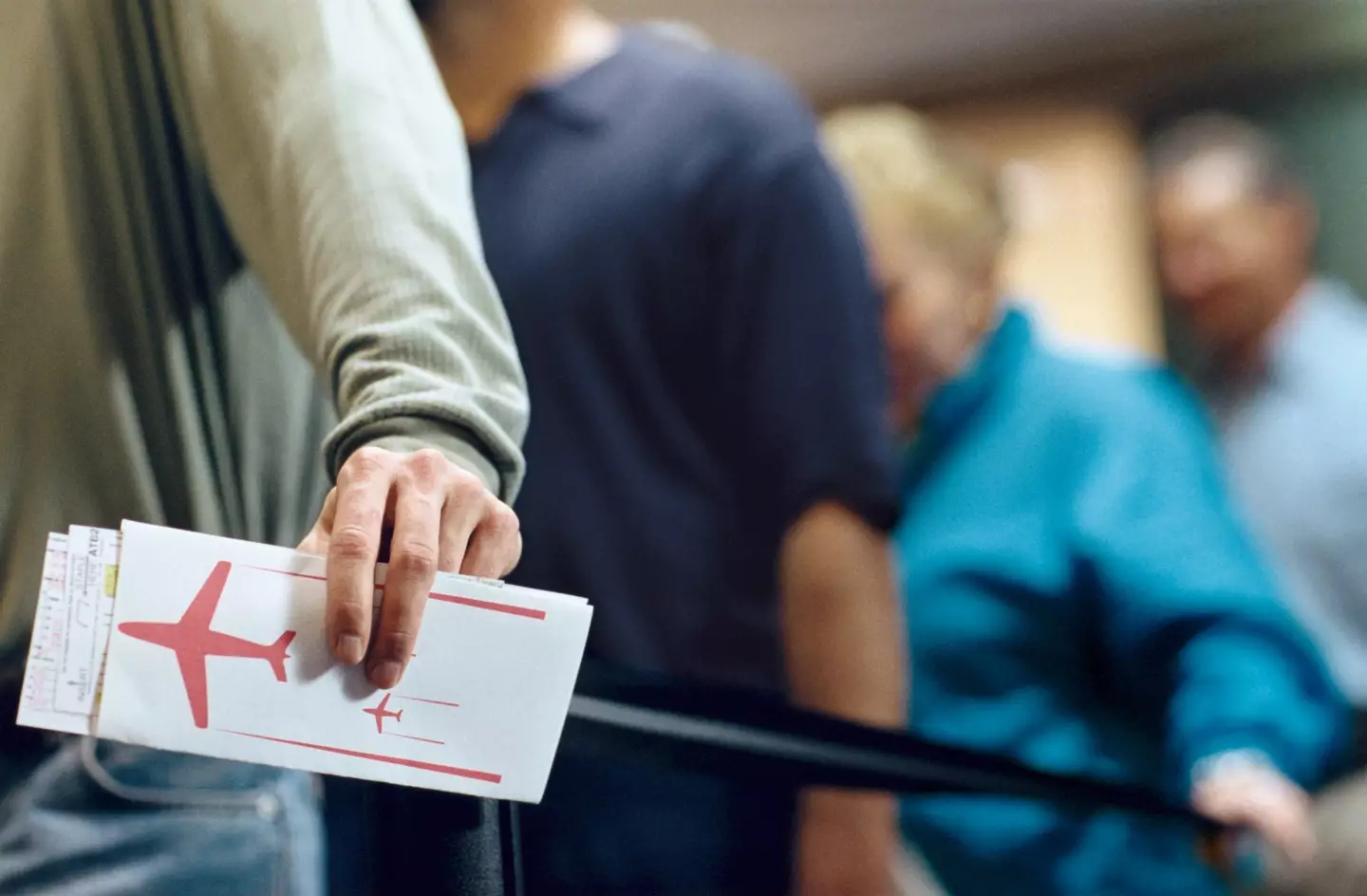For many travelers, especially those less accustomed to flying, navigating through an airport can already be a stressful experience. From long security lines to flight delays or last-minute gate changes, the journey from check-in to takeoff is often more complex than expected.
But some passengers may notice an unusual code printed on their boarding pass — a set of four letters that might indicate an even more time-consuming airport experience.
What is the ‘SSSS’ Code on Boarding Passes?
If you’ve ever seen the code ‘SSSS’ printed on your boarding pass — especially when flying to or from the United States — you’ve likely been selected for additional security screening.
‘SSSS’ stands for Secondary Security Screening Selection, a process implemented by the Transportation Security Administration (TSA). The purpose of this extra layer of security is to enhance airport safety by subjecting certain passengers to more thorough inspections before they board their flight.
This procedure doesn’t suggest that a traveler has done anything wrong. Instead, the system randomly selects individuals or flags passengers based on a set of undisclosed criteria that may include booking patterns, payment methods, or other travel-related data points.

What Happens During a Secondary Screening?
Passengers with an ‘SSSS’ code on their boarding pass will typically experience:
- Extended screening at the security checkpoint
- Separation of personal belongings for individual inspection
- Full baggage checks, including swabbing for explosives
- Verification that electronic devices such as laptops can power on
- Detailed questioning from TSA agents
Travelers may also be unable to use mobile check-in or print their boarding pass in advance, requiring them to check in at the airport and obtain their pass directly from the airline counter.
One frequent traveler, Jordyn Verzera, shared her partner’s experience in a TikTok video that quickly gained attention. Her partner, content creator JT Mocarski, was subject to secondary screening after spotting ‘SSSS’ on his ticket. Verzera described the thorough process, which involved separating their belongings, removing all items from his bag, swabbing each piece of gear, and demonstrating that his laptop was operational.
“Basically, on flights to/from the US, you can get ‘randomly’ selected to undergo a much higher level of security,” she wrote in the video caption.
Real Traveler Experiences
The TikTok video sparked conversation in the comments, with many users sharing their own encounters with the ‘SSSS’ protocol.
One commenter described their experience, writing:
“TSA scanned my phone and made a copy of my texts, app messages, and pictures. It felt invasive, but I guess it’s part of the process.”
Another user shared:
“I got SSSS even though I’m a veteran and have been a federal employee for 20 years.”
A third commented:
“I was flagged all the time when I used to fly alone before I turned 18.”
These responses reflect the wide variety of people who may be subject to the screening — reinforcing the idea that the process is often random or based on automated travel pattern detection, rather than suspicion.

Why Does the ‘SSSS’ Code Exist?
The ‘SSSS’ system was introduced as part of broader security measures following the events of September 11, 2001. Its primary goal is to reduce the risk of threats to aviation by conducting enhanced screenings of passengers who, for any number of reasons, are selected through TSA’s Secure Flight program.
While the exact parameters used for selection are not publicly disclosed (to maintain the system’s integrity), factors may include:
- One-way international tickets
- Last-minute bookings
- Payment using cash
- Travel to or from high-risk regions
- Name similarities with individuals on watchlists
Even frequent travelers with no known risk factors may occasionally find ‘SSSS’ on their pass.
What to Do if You See ‘SSSS’ on Your Boarding Pass
If you notice the ‘SSSS’ code on your ticket, here are a few tips:
- Arrive Early: Give yourself extra time at the airport, as secondary screening can add up to 30–60 minutes.
- Be Cooperative: Remaining calm and cooperative with TSA agents helps the process move more smoothly.
- Pack Neatly: Organized packing makes it easier for TSA to inspect your items without unnecessary delays.
- Carry Less Electronics: Fewer devices may mean a quicker screening process.
- Ask Questions Respectfully: TSA agents are required to follow protocol, but they can help explain the process if you have concerns.

Can You Avoid Being Selected?
Unfortunately, there’s no guaranteed way to avoid receiving the ‘SSSS’ designation. However, signing up for TSA PreCheck, Global Entry, or Trusted Traveler Programs may reduce the likelihood of additional screening over time, although they don’t eliminate the possibility altogether.
If you’re repeatedly selected for secondary screening, you may request a Redress Number from the U.S. Department of Homeland Security (DHS). This number helps differentiate you from individuals with similar names on watchlists and may prevent future misunderstandings.
Conclusion
While seeing the ‘SSSS’ code on your boarding pass can be unnerving, it’s a routine part of enhanced security practices designed to keep air travel safe. It doesn’t indicate wrongdoing and is often the result of random selection or travel pattern analysis.
By staying informed and prepared, you can navigate the process with minimal stress — and get back to enjoying your journey.


